Corfu, the second-largest Ionian island, sits just off the northwest coast of mainland Greece and combines dramatic coastal scenery, olive-covered hills, and centuries of history. From Venetian fortresses to British-built palaces and Orthodox churches, its mix of influences reflects its strategic role in the Mediterranean for much of the last millennium. This guide covers the best areas to stay in Corfu, whether you’re here for beaches, charming villages, or historical sites.
Unlike many Greek islands that revolve around a single port or town, Corfu has multiple centers of interest scattered across its coastline and interior. The eastern shore offers sheltered coves and quicker access to the airport and port, while the west features steep cliffs and some of the island’s most dramatic beaches. The north is dotted with fishing villages that have evolved into relaxed tourist hubs, and the south remains quieter and more rural.
The island’s main tourist hotspots are Corfu Town, with its UNESCO-listed old center; Paleokastritsa, known for its dramatic coastline and monastery; and Kavos, famous for its nightlife and energetic summer scene. Other coastal villages like Sidari, Glyfada, and Benitses also attract large numbers of visitors during the high season. Corfu’s road network makes it relatively easy to get around, though having a car is highly recommended if you want to explore beyond a single base.
Keep reading to explore the best areas to stay in Corfu and find the right base for your trip—whether you’re looking for nightlife, solitude, nature, or cultural heritage.
The Best Areas to Stay in Corfu, Greece: Quick Summary
If you don’t have the time to read the full article, here’s a super quick summary of the best areas to stay in Corfu. Keep on reading to find out more about these towns and beaches.
- Best location for sightseeing: Corfu Town
- Best location for nightlife: Kavos
- Best location for the beach: Glyfada
- Best location for families: Acharavi
- Best location for a luxury holiday: Agios Gordios
- Best location for hiking & nature: Paleokastritsa
- Best location for boat trips: Kassiopi
- Cheapest area to stay: Lefkímmi
What’s the best area to stay in Corfu?
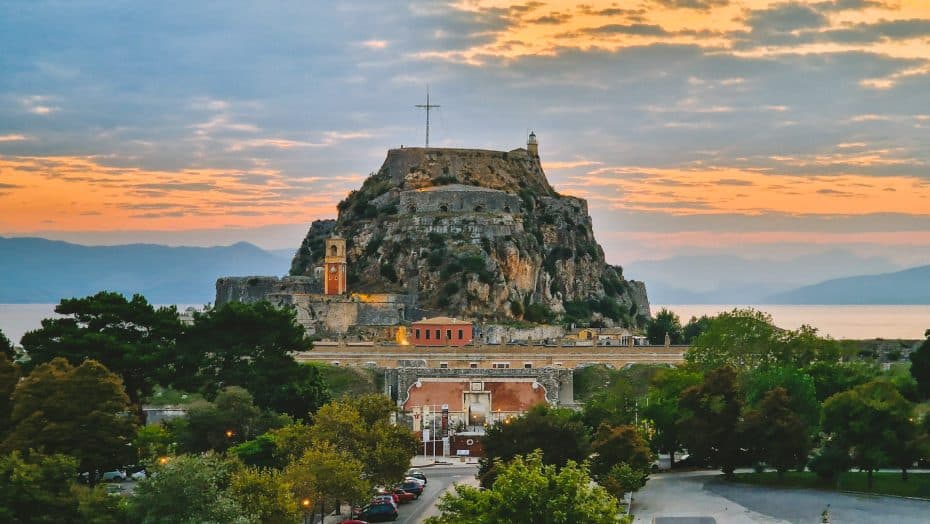
The best area to stay on the island of Corfu is Corfu Town, or Kerkyra. The island’s capital is a UNESCO-listed city offering several must-see attractions, including the Old Fortress, the Liston promenade, and the Archaeological Museum of Corfu. It has lively nightlife, many restaurants, and excellent transport connections, including the island’s main harbor and airport, making it easy to explore other parts of the island.
Find available accommodation in Corfu Town.
Best Hotels in Corfu Town
- Best five-star hotel: Siora Vittoria Boutique Hotel
- Best four-star hotel: Bella Venezia
- Best three-star hotel: Arcadion Hotel
- Best budget hotel: Konstantinoupolis
- Best B&B: Puppet Guesthouse
What are the best places to stay in Corfu?
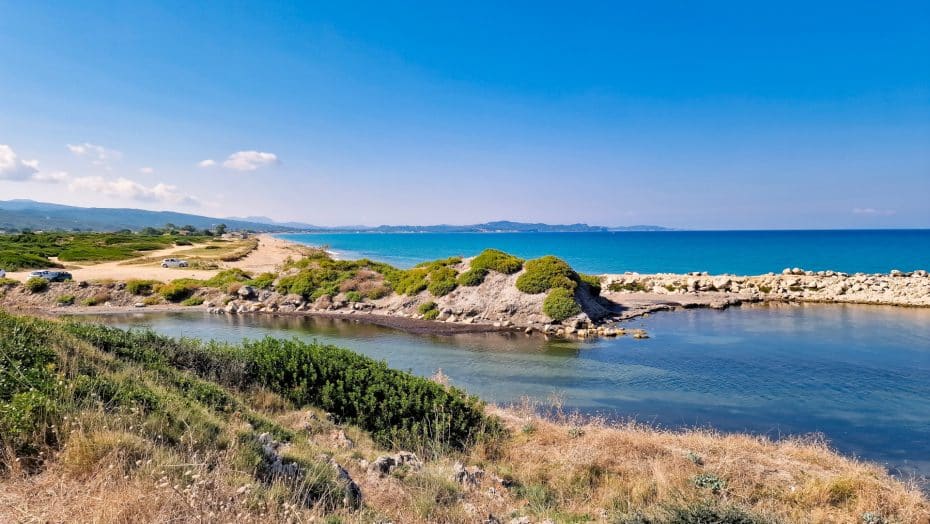
- Corfu Town is the cultural and historic hub of the island, ideal for short stays, sightseeing, and easy access to museums, Venetian architecture, and great dining.
- Located at the southern tip of Corfu, Kavos is best for young travelers seeking long nights out, cheap drinks, and a buzzing summer atmosphere.
- Home to rocky cliffs and the Canal d’Amour formation, Sidari offers a perfect balance of beach relaxation and a social, resort-style environment.
- Over on the west coast, Paleokastritsa stands out for its turquoise coves, cliffside viewpoints, and the 13th-century monastery perched above the sea. It’s perfect for swimming, boat trips, and scenic walks.
- In the northeast, the harbor village of Kassiopi offers pebbly beaches, Byzantine castle ruins, and a calm, family-friendly vibe with a modest nightlife scene.
- Benitses, once a fishing village just south of the capital, remains peaceful and traditional, with a relaxed seafront and easy access to Corfu Town and the island’s east coast beaches.
- Near Mirtiotissa and Pelekas, Glyfada is best suited to travelers looking for a classic beach vacation with soft sand, clear water, and sunset views.
- Agios Gordios, set against dramatic cliffs on the west coast, appeals to independent travelers with its golden beach, sunset views, and a laid-back feel.
- Further south, Lefkimmi is the island’s second-largest town, offering a more traditional and local atmosphere. Its canal-like waterways and proximity to long, uncrowded beaches like Bouka and Gardenos make it a quieter alternative.
- On the northern coast, Acharavi is a well-developed seaside town known for its long, sandy beach and family-friendly setting. It’s also a gateway to nearby attractions like the Hydropolis Water Park and the Pantokrator mountain villages.
- Not far from Acharavi, the village of Roda offers a more low-key experience, with a traditional harbor, casual beachfront bars, and shallow waters ideal for families with young children.
The Ultimate Guide to the Best Areas to Stay in Corfu: Top Towns & Beaches
1. Corfu Town
The best place to stay in Corfu for sightseeing and nightlife
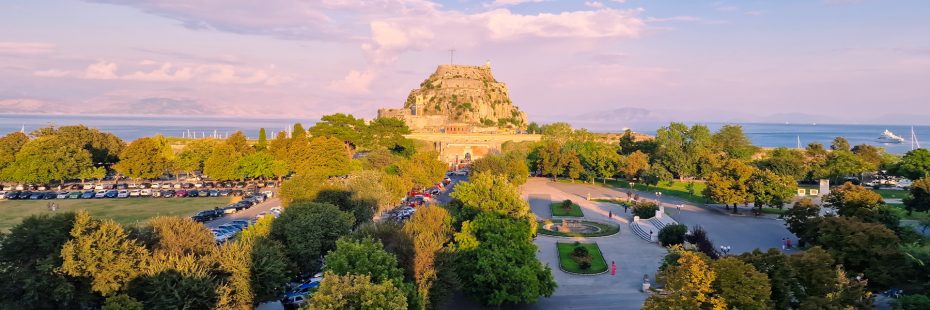
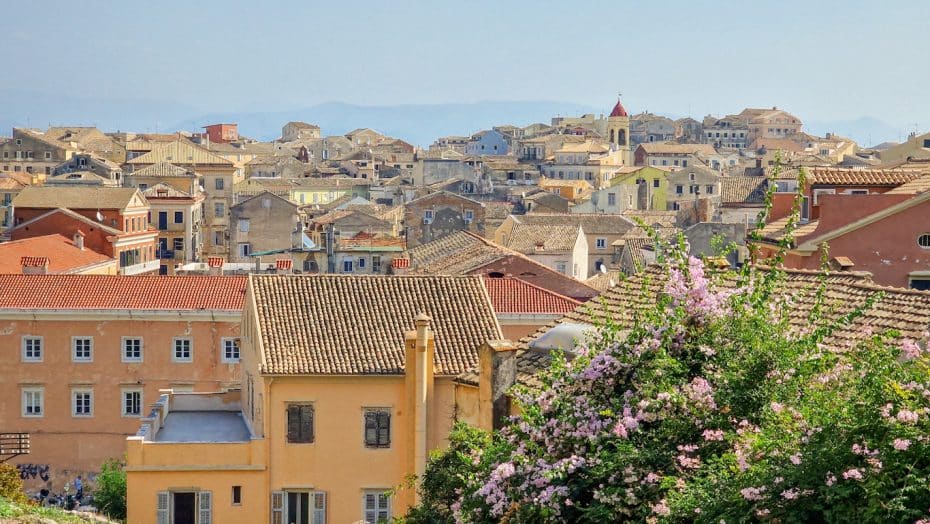
Corfu Town is one of the best places to stay for travelers interested in history, architecture, and urban comfort without needing a car.
Corfu Town, known as Kerkyra, is the island’s capital and a UNESCO World Heritage Site. Located on the east coast, it’s close to the airport and main ferry port, making it one of the most accessible areas on the island.
The town’s architecture reflects its layered past. The Venetians ruled from 1386 to 1797 and built much of the Old Town’s fortifications, including the Old Fortress and the New Fortress. The French briefly occupied the island from 1797 to 1814, leaving elements like the Liston promenade and French-style squares behind. From 1815 to 1864, the British established a protectorate, during which time they built the Palace of St. Michael and St. George and introduced English-style gardens and infrastructure.
Wandering the narrow alleys of the Old Quarter reveals pastel-colored mansions, arcaded streets, and elegant balconies. Furthermore, Cultural sites are plentiful throughout the old town, and many are clustered within walking distance. For example, the Museum of Asian Art—housed in the neoclassical Palace of St. Michael and St. George—is the only institution of its kind in Greece. A few blocks away, the Archaeological Museum displays finds from ancient Corcyra, shedding light on the island’s Greek and Roman past. Meanwhile, the Byzantine Museum occupies the restored Antivouniotissa Church and highlights religious icons. Not to be missed is the Church of Saint Spyridon, where the relics of Corfu’s patron saint are kept in a silver sarcophagus.
Beyond the landmarks, Corfu Town offers one of the best culinary scenes on the island. Small tavernas serve local specialties like sofrito and pastitsada, while wine bars and patisseries fill the old Jewish Quarter and the Campiello district. Local shops and weekend markets offer kumquat liqueur, handmade lace, and ceramics.
Accommodations in Corfu Town range from restored aristocratic mansions to boutique hotels and modern apartments. Most are concentrated in the Old Town or near the Garitsa and Mandouki districts, both within walking distance of the waterfront. Public buses connect the town with the airport, port, and major beach destinations across the island.
Corfu Town is a great location for first-timers and visitors focused on culture, food, and architecture. Its walkability and central location also make it a great base for exploring the rest of the island by bus or rental car.
Find out more about the best areas to stay in Corfu Town, Greece.
Best Hotels in Corfu Town
2. Kavos
The best area to stay in Corfu for nightlife
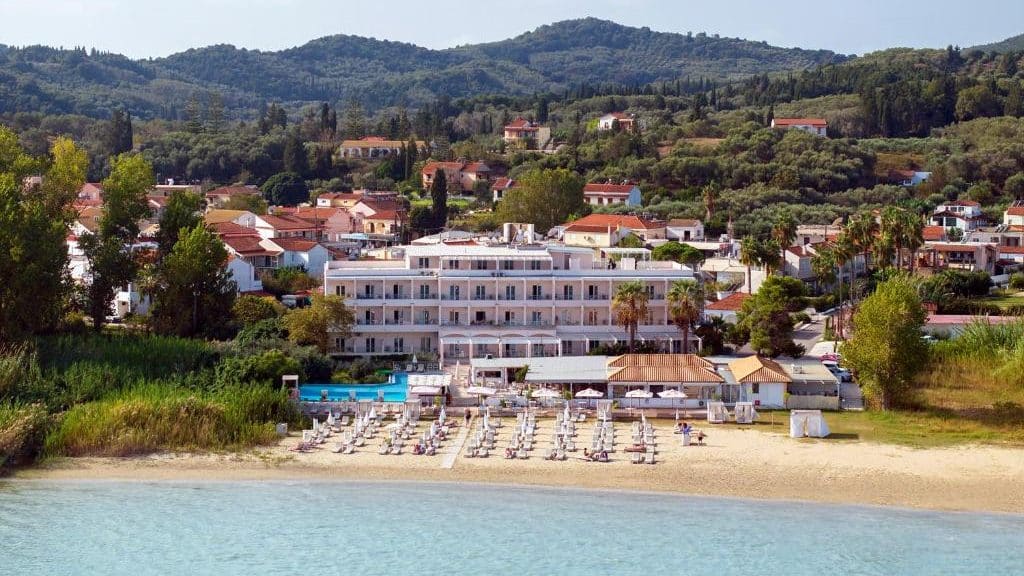
Kavos is Corfu’s most famous party destination, popular among younger travelers looking for nightlife, beach activities, and social energy.
Kavos is located at the southern tip of Corfu, about 45 kilometers from Corfu Town. What once began as a fishing village has grown into a full-scale resort town geared primarily toward clubbing and beach tourism.
The main strip runs parallel to the coast and is lined with bars, nightclubs, fast food joints, and souvenir shops. During the summer, the nightlife is intense—venues stay open until sunrise with international DJs, beach parties, and drink specials attracting visitors from across Europe. Some of the most well-known spots include Atlantis, Future Club, and Trinity, all offering different styles of music and themed events.
Along with its party reputation, Kavos also has a long stretch of sandy beach with shallow waters and plenty of space for sunbathing or water sports. Jet skis, banana boats, and boat tours to nearby islands are widely available. The beach may not be the most pristine on Corfu, but it provides a fun and social setting with easy access to amenities.
Outside the main strip, the area surrounding Kavos includes olive groves and quieter stretches of coastline. For a break from the party scene, day trips to nearby Arkoudilas Beach, a more secluded and natural spot, or the Monastery of Arkoudilas offer a different side of the region. These areas are best reached by foot or ATV.
Accommodation in Kavos ranges from budget hostels and apartments to mid-range beach hotels. The area is busiest and noisiest in July and August, so light sleepers or families may want to stay elsewhere.
Best Hotels in Kavos, Corfu
3. Paleokastritsa
A seaside town packed with beaches and religious sites on Corfu’s west coast.
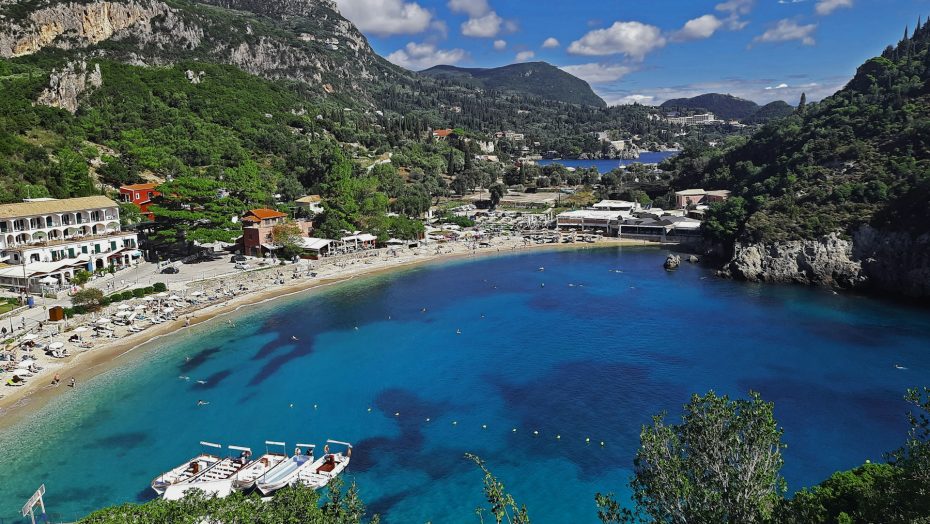
Built across several small bays and coves with turquoise water and dramatic cliffs, Paleokastritsa stretches across the slopes of a green hillside, offering postcard-perfect views at every turn.
Paleokastritsa is one of Corfu’s most scenic and visited destinations. It is about 25 kilometers (15 mi) northwest of Corfu Town.
The area’s natural beauty is its main draw. Paleokastritsa features multiple beaches—some sandy, others pebbly—all tucked into rocky inlets surrounded by lush vegetation. Agios Spyridon, the main beach, is organized and family-friendly, while smaller coves like Ampelaki and Agia Triada are quieter and often reached by footpaths or boat. Boat tours are popular and usually include stops at nearby sea caves and secluded swimming spots.
Atop the promontory overlooking the sea is the Monastery of Theotokos, founded in the 13th century. The working monastery houses a small museum of Byzantine icons and religious artifacts, and its courtyard offers some of the best views on the island. Below it lies a viewpoint often referred to as Bella Vista, from which you can see the full arc of Paleokastritsa’s coastline.
In addition to its beaches and monastery, the area offers a handful of low-key hiking routes, especially around the nearby Lakones village, where you’ll find more panoramic views and traditional tavernas. The surrounding hills are ideal for short treks, and the area remains green and relatively cool even in high summer.
Accommodation in Paleokastritsa ranges from small hotels and beachfront apartments to family-run guesthouses higher up the hill. While the area is not known for nightlife, it has a good selection of tavernas, beach bars, and cafés with sea views. Getting around without a car is possible but limited, as public buses from Corfu Town stop in the main village area and run a few times per day.
Paleokastritsa is best for travelers looking to swim, relax, and enjoy natural scenery in a peaceful setting. It’s a top choice for families, couples, and anyone wanting to experience Corfu’s dramatic west coast landscapes.
Best Hotels in Paleokastritsa, Corfu Island
4. Sidari
A busy beach resort with sandstone cliffs and a social vibe
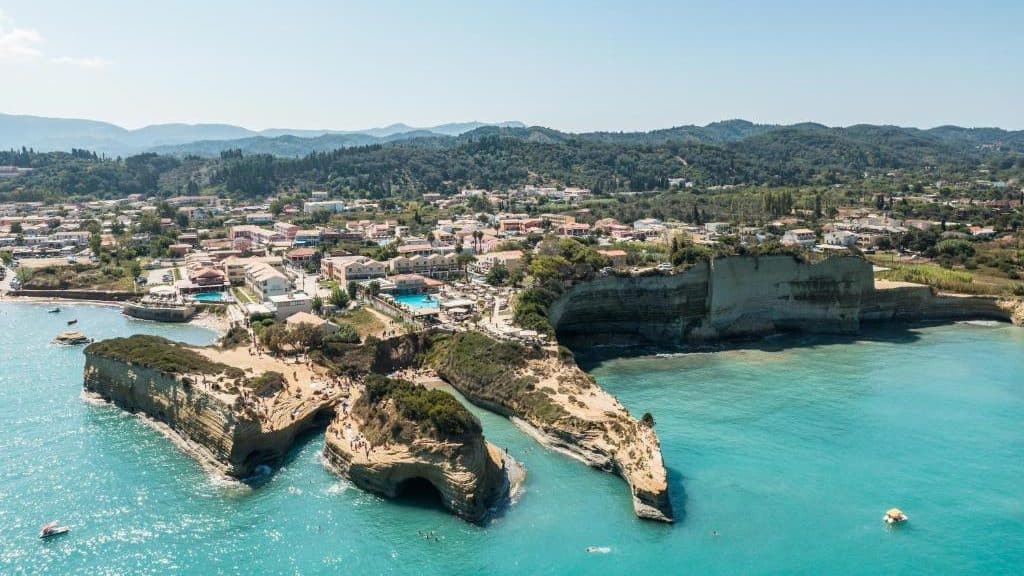
Known for its dramatic sandstone formations and lively atmosphere, Sidari is one of the most visited tourist destinations on the island and a prime location to stay in Corfu.
Sidari is a bustling resort town on the northwest coast of Corfu, located about 35 kilometers (22 mi) from Corfu Town.
The standout natural feature is the Canal d’Amour, a narrow sea channel carved into soft golden cliffs. Local legend says couples who swim through the canal will stay together forever, making it a popular spot for photos and short swims. The surrounding coastline is dotted with additional coves and rock formations, some of which can be explored by kayak or on foot during low tide.
Sidari Beach is long, sandy, and organized with sunbeds, umbrellas, and water sports. The water is shallow and calm, making it well-suited for children. A paved promenade runs behind the beach and connects to shops, supermarkets, tavernas, and bars.
Despite its popularity, Sidari’s center is walkable. A car or scooter can quickly take you into the nearby countryside, including small villages like Avliotes and Peroulades, which offer panoramic views and a more traditional pace.
Accommodation in Sidari ranges from self-catering studios to large family hotels with pools. Many properties are within walking distance of the beach and the main nightlife area.
Best Hotels in Sidari, Corfu
5. Glyfada
West coast golden sands and many resorts
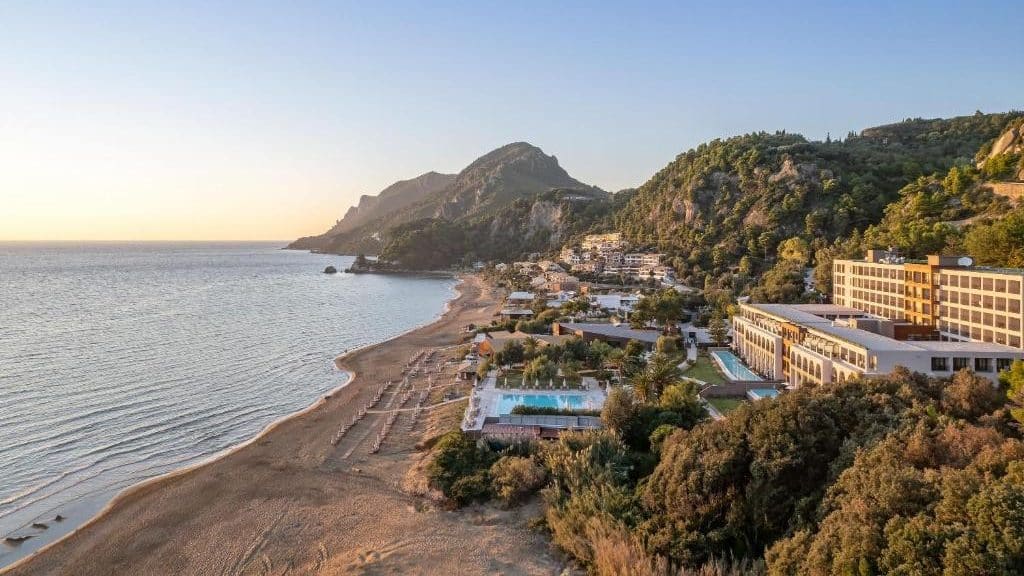
Glyfada is best known for its long, wide sandy beach, clear turquoise waters, and convenient access from the capital
Located about 16 kilometers (10 mi) west of Corfu Town, Glyfada is one of Corfu’s most popular beach resorts. Set along a natural bay backed by dramatic cliffs and green hills, it is a favorite among visitors and locals.
The beach is one of the best on the island, with soft golden sand, shallow waters, and excellent conditions for swimming and sunbathing. It’s a fully organized beach with sunbeds, umbrellas, beach bars, and water sports facilities, including jet skis, paddleboarding, and banana boat rides. Due to its orientation, Glyfada gets spectacular sunsets, especially in late spring and early autumn.
The village is small and purpose-built for tourism, with hotels, apartment complexes, and villas set along the hillside overlooking the bay. Many offer panoramic sea views and quick access to the beach below.
Just north of Glyfada lies the Mirtiotissa Monastery, a peaceful 14th-century site tucked between cypress trees and olive groves. Below it is Mirtiotissa Beach, a more secluded and clothing-optional cove often described as one of the most beautiful on Corfu. The path down is steep but manageable, and the beach has a wilder, untouched feel compared to Glyfada.
A short drive inland brings you to the village of Pelekas, perched on a hilltop and known for its traditional charm and spectacular viewpoint—Kaiser’s Throne—which was once a favorite sunset spot of German Emperor Wilhelm II. On clear days, you can see much of western Corfu and even the distant Albanian mountains.
Public buses connect Glyfada with Corfu Town several times a day during the tourist season, but a car or scooter is recommended for more flexibility.
Best Hotels in Glyfada, Corfu
6. Kassiopi
North Corfu Coastal Area with Views of Albania
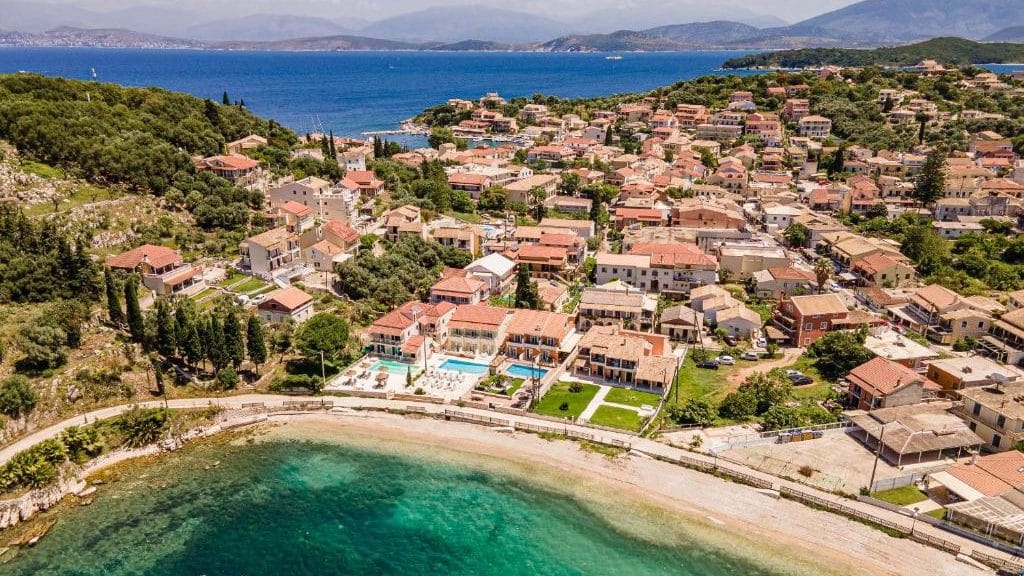
Kassiopi is ideal for travelers who want a balance of beach access, light exploration, and a sociable atmosphere.
Kassiopi is one of the most popular destinations in northeast Corfu. It is located about 36 kilometers (22 mi) from Corfu Town and is accessible by car, bus, or seasonal boat connections. Once a fishing village, it has grown into a lively but laid-back resort centered around a small harbor and overlooked by the ruins of a Byzantine castle.
The heart of Kassiopi is its waterfront, lined with tavernas, cafes, and small shops. The harbor is still used by local fishing boats, but also serves as a departure point for boat trips along the northeast coast. The village maintains a traditional character, with narrow streets and whitewashed houses climbing the hillside. At the top sits the Kassiopi Castle, originally built in Roman times and expanded under the Byzantines. Though mostly in ruins, it offers panoramic views over the Ionian Sea and toward Albania’s mountains.
Kassiopi is known for its pebbly beaches and coves, many of which are walkable from the village center. Kanoni, Pipitos, and Bataria are among the most popular, with crystal-clear waters ideal for snorkeling. The coastline here is rugged but accessible, and the sea tends to be calm thanks to the northeast orientation.
The town’s compact size means everything is within walking distance, from supermarkets and bakeries to scooter rentals and hiking trails. Paths from town take you along the coast or into the olive-covered hills above, offering quiet spots and elevated views.
While Kassiopi has no large clubs, its nightlife is more active than in most villages outside Corfu Town. A few open-air bars and pubs stay open late during high season, catering to a mix of families, couples, and independent travelers.
Accommodation includes small resorts, apartment complexes, and villas, both in town and in the hills behind. It’s a good base for exploring the northeast coast, including Avlaki Beach, Kalami, and Agios Stefanos (Sinies), all within a short drive.
Best Hotels in Kassiopi, Island of Corfu
7. Benitses
A historical coastal village with easy access to Corfu Town
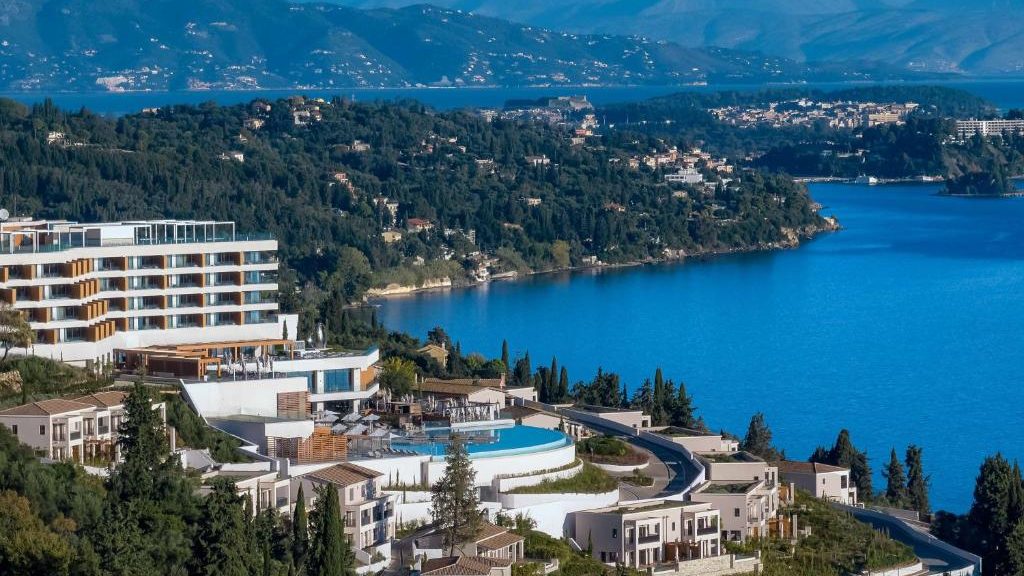
Benitses is a former fishing village turned seaside resort, located just south of Corfu Town along the island’s eastern coast.
Once known for its party scene in the 1970s and 1980s, the village has since evolved into a quieter and more traditional destination that appeals to couples, older travelers, and families looking for a relaxed base with excellent connectivity.
The village is built along a narrow strip between the Ionian Sea and the island’s green interior. Its main road runs parallel to the shoreline, with the waterfront dotted with tavernas, small hotels, and pebble beaches that are easy to access on foot. Though the beaches are relatively narrow, the calm, shallow waters make them ideal for swimming and water sports. There’s also a small modern marina for private boats and fishing vessels.
Benitses has a long history dating back to Roman times, and traces of that past remain. A short walk from the center leads to the Roman Baths of Benitses, one of the island’s few ancient ruins open to the public. There is also a small but informative Folklore Museum showcasing Corfiot village life, along with several churches and fountains that reflect the area’s Byzantine and Venetian influences.
The inland part of Benitses climbs gently into the hills, where you’ll find walking paths and old stone houses surrounded by olive groves. It’s a good area for short hikes, particularly toward the villages of Gastouri and Stavros, or to the Achilleion Palace, one of Corfu’s most iconic historic sites, built by Empress Elisabeth of Austria in the 1890s.
Benitses offers a range of accommodation, from affordable guesthouses to mid-range hotels and apartment rentals. Its size means everything is within walking distance, and its proximity to Corfu Town—just 20 minutes by car or bus—makes it ideal for those who want to stay outside the capital without feeling remote. Buses run frequently along the coastal road, connecting Benitses with the airport, Corfu Town, and other east coast resorts.
Best Hotels in Benitses, Corfu
8. Acharavi
A relaxed northern beach town perfect for families
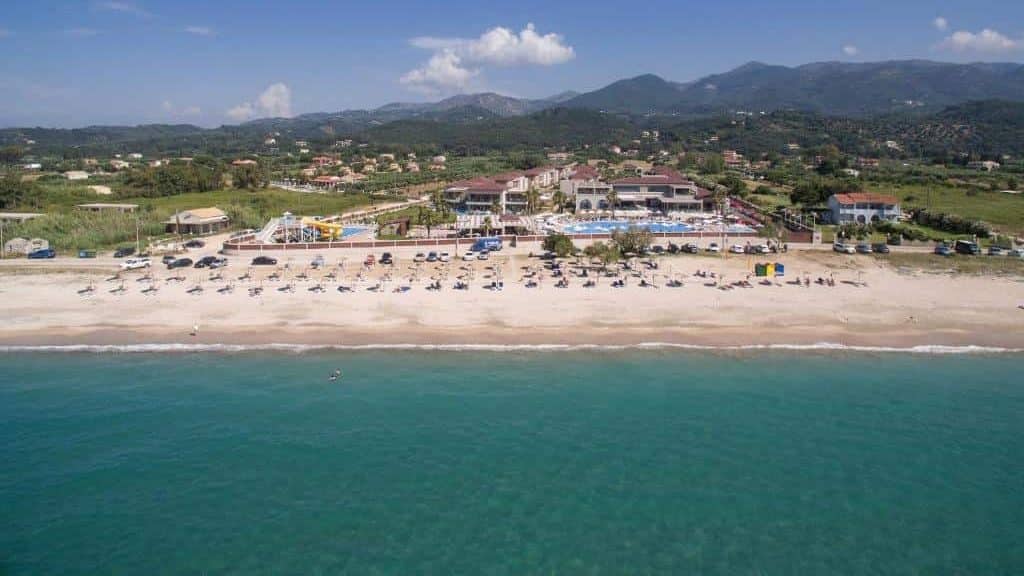
Acharavi is one of the main resort towns on Corfu’s north coast. It balances beach life and hiking opportunities, making it a favorite destination among families and independent travelers.
Located about 38 kilometers (23 mi) from Corfu Town. Acharavi has developed from a quiet agricultural village into a small town and tourist destination.
The town’s biggest attraction is its long, mostly sandy beach—over 7 kilometers (4.3 mi) long—stretching along a gently curving bay. The beach is shallow and safe for swimming, with a mix of organized sections and quieter areas. On clear days, you can see the Albanian coast just across the water. Along the beachfront, you’ll find tavernas, beach bars, and small hotels offering sea views and easy access to the water.
The main road through Acharavi is lined with supermarkets, pharmacies, bakeries, and restaurants. It’s one of the few beach towns on Corfu where you’ll find larger convenience stores and everyday services, which makes it particularly popular with longer-term visitors.
Acharavi is also a gateway to Corfu’s mountainous interior. Just south of town lies Mount Pantokrator, the highest point on the island, with a monastery and panoramic views from the summit. The surrounding mountain villages—such as Old Perithia and Loutses—are easy to reach by car or hiking trails, offering a deeper look into traditional Corfiot architecture and slow village life.
Families with children may enjoy the Hydropolis Water Park on the eastern edge of town. While modest in size, it’s a popular diversion on hot summer days.
Accommodation in Acharavi includes self-catering apartments, boutique hotels, and beachside resorts, many run by local families.
Best Hotels in Acharavi, Corfu
9. Agios Gordios
A scenic west coast escape for beach lovers and sunset seekers
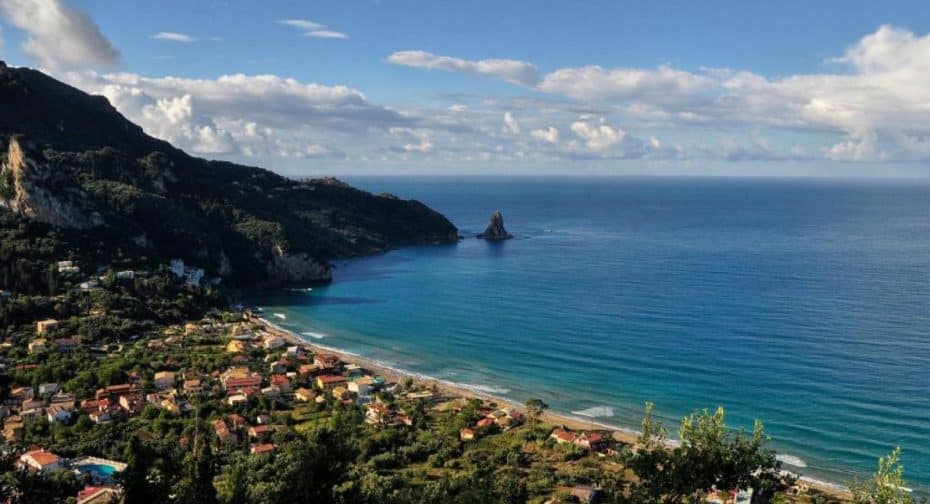
Agios Gordios is a small beach resort with a laid-back atmosphere. It’s one of the best areas to stay on Corfu Island.
Agios Gordios is a small beach resort on Corfu’s west coast, about 15 kilometers (9 mi) southwest of Corfu Town. Known for its dramatic setting between steep green hills and the Ionian Sea, it has long attracted travelers searching for relaxation, sunsets, and a more laid-back atmosphere than the island’s larger resorts.
The heart of Agios Gordios is its wide, sandy beach, backed by a mix of tavernas, small hotels, and holiday rentals. At the southern end of the bay rises Ortholithi, a striking rock formation that’s become a local landmark and a popular photo spot.
Despite its compact size, the village offers mini markets, rental services, beach bars, and casual dining. The surrounding hills are covered in olive groves and pine trees, and walking trails connect with neighboring villages like Pentati and Sinarades, which offer elevated views and a glimpse into rural Corfiot life.
While nightlife is limited, several friendly bars stay open late in summer, often with live music or DJs. The vibe is more relaxed than party-focused, attracting couples, solo travelers, and backpackers rather than large groups.
Accommodation is varied and often scenic. Options range from beachside studios to hillside hotels with panoramic views.
Best Hotels in Agios Gordios, Corfu
10. Roda
Laid-back beach village with traditional charm
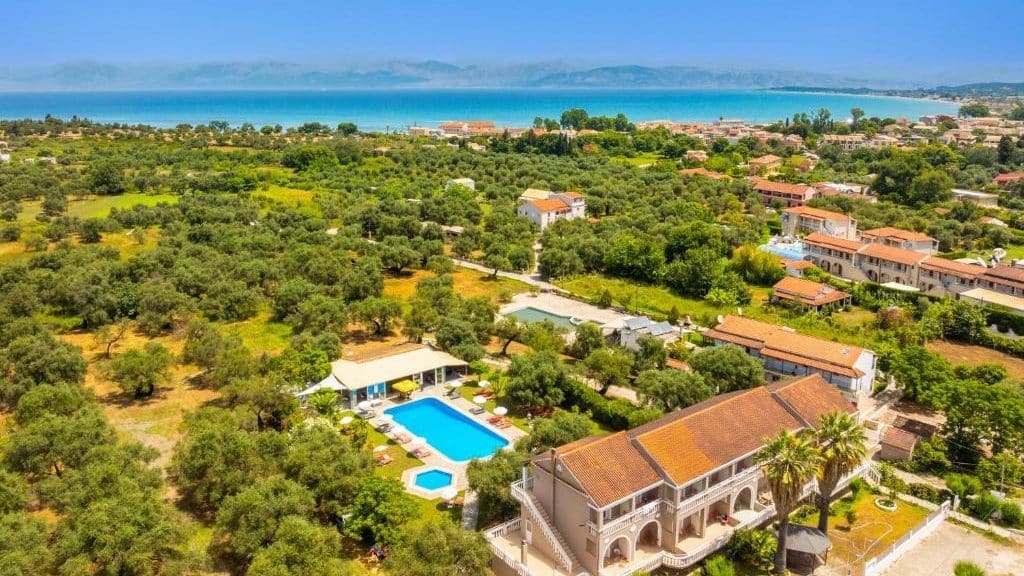
Roda is a relaxed coastal village located just 3 kilometers west of Acharavi, on Corfu’s northern shore.
Once a sleepy fishing settlement, it has grown into a small resort that retains its traditional feel. Roda is a good choice for travelers looking for a slower pace, sandy beaches, and a more authentic atmosphere than busier resort areas.
The village’s main draw is its wide, shallow beach, which stretches nearly 2 kilometers (1.2 mi) and features calm waters ideal for swimming and water sports. The sand here is soft and the seabed slopes gradually, making it particularly suitable for children. A paved promenade runs alongside the beach, lined with family-run tavernas, cafes, and low-rise hotels—most with sea views and outdoor terraces.
While quieter than neighboring Acharavi, Roda still has a decent selection of shops, bakeries, and bike or car rental agencies.
Accommodation in Roda includes small hotels, guesthouses, and beachfront studios, often family-operated. Prices tend to be more affordable than in better-known resorts.
Best Hotels in Roda, Corfu
11. Lefkímmi
For an authentic Corfiot Experience
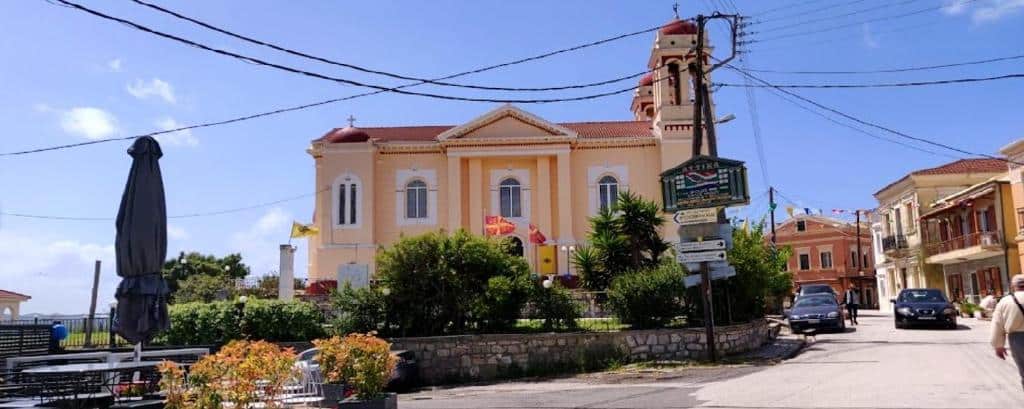
Located inland, Lefkímmi is the second-largest town on Corfu and serves as the main hub of the island’s southern region.
Located about 40 kilometers (24 mi) from Corfu Town, Lefkímmi offers a markedly different atmosphere from the more touristic areas to the north and west. This low-lying town is known for its preserved local character, tranquil pace, and proximity to some of the island’s longest and least crowded beaches.
The town is built around a network of narrow streets and canal-like waterways that give it a distinct appearance. While it lacks the grand architecture of Corfu Town, Lefkímmi makes up for it with authentic Corfiot life—small grocery stores, family-run cafes, and local businesses catering more to residents than visitors. The town center is home to several churches, including the large Agios Arsenios Church, and public squares where older locals often gather in the afternoons.
Just south of the town are long stretches of sandy coastline. Bouka Beach and Gardenos Beach are two of the most notable, offering soft sand, shallow waters, and far fewer crowds than northern beaches. These areas are ideal for families and travelers seeking peace and space. A few seaside tavernas and low-key bars offer meals and drinks without resort-style bustle.
Although not a major tourist hub, Lefkímmi is a valuable base for exploring the less-developed south. The nearby villages of Argyrades, Vitalades, and Perivoli offer more opportunities to experience rural Corfu, complete with olive groves, traditional architecture, and hilltop viewpoints. The Lefkímmi Port also operates seasonal ferries to the Greek mainland, adding practical value for those including Corfu on a broader itinerary.
Accommodation options range from small guesthouses and villas to modest hotels, particularly in the coastal areas outside the town center. Renting a car is highly recommended in this part of the island, as public transport is infrequent and villages are more spread out.
Best Hotels in Lefkímmi, Corfu
Finding the Best Places to Stay in Corfu: Useful Information
Corfu is one of Greece’s most visited islands, located off the country’s northwest coast in the Ionian Sea. Geographically closer to Albania than mainland Greece, the island sits between the Adriatic and Ionian Seas and is part of the Ionian archipelago.
Corfu has a total area of about 592 square kilometers (229 square miles) and an elongated shape that stretches approximately 64 km (40 mi) in length and 32 km (20 mi) at its widest point. This distinctive geography gives the island a long, narrow profile. Its diverse landscape includes rugged mountains, olive groves, cliffs, hidden coves, and long sandy beaches.
Compared to Greece’s more famous islands like Mykonos or Santorini, Corfu feels larger, less touristy, and more authentically local. While those Cycladic destinations are known for postcard-perfect whitewashed towns and luxury appeal, Corfu’s broader landscape and more relaxed atmosphere allow travelers to discover its charms at a slower pace.
Known as Kerkyra in Greek, the island has a long and turbulent history shaped by multiple civilizations. From ancient Greek colonies to Venetian, French, and British rule, Corfu has been at the crossroads of Mediterranean powers for centuries. These influences are still visible in the island’s architecture, fortifications, and culture—particularly in the Old Town of Kerkyra, a UNESCO World Heritage Site.
Corfu is famous for its mix of natural beauty and cultural heritage. While its beaches and resorts attract most summer travelers, there are also monasteries, palaces, castles, and traditional villages to discover.
The island’s capital, Corfu Town, is located on the east coast and serves as the main transport hub. It is home to the island’s international airport, Ioannis Kapodistrias Airport, which offers seasonal direct flights to major European cities and regular domestic flights to Athens. The city’s port connects Corfu to mainland Greece, Albania, and other Ionian islands by ferry.
The island can be broadly divided into four main parts:
- East Corfu is more developed and densely populated, with organized beaches, resorts, and historical sites.
- West Corfu is wilder and more rugged, with dramatic cliffs and scenic beaches such as Glyfada and Paleokastritsa.
- North Corfu includes resort towns like Sidari, Acharavi, and Kassiopi, popular with families and beachgoers.
- South Corfu is more laid-back and traditional, with villages like Lefkímmi and the party town of Kavos.
Getting around Corfu depends heavily on how you plan to explore the island. While there is a public bus system (KTEL), it mainly connects Corfu Town with popular towns and beaches, and it’s less frequent or nonexistent in rural or off-the-beaten-path areas. Renting a car is the best way to explore at your own pace, especially if you want to reach isolated beaches, mountain villages, or hiking trails. For travelers without a car, it’s advisable to base yourself near Corfu Town or along the eastern coast, where transport options and tour pickups are more common.
Corfu’s size means you’ll need several days to explore it properly. With a car, most of the island’s highlights can be seen in 4–5 days. If relying on buses or organized tours, plan for 6–7 days. For a short stay of 2–3 days, base yourself in Kerkyra and join day trips to the island’s key attractions.
The best time to visit Corfu depends on your travel style.
- Spring (April–June) is one of the most pleasant times to visit. Temperatures range from 18°C to 28°C (64°F to 82°F), the island is green and in full bloom, and it’s relatively uncrowded.
- Summer (July–August) is the busiest and hottest period, with temperatures often above 30°C (86°F). Beaches are full, nightlife is in full swing, and prices are at their highest.
- Autumn (September–October) brings mild weather (22°C to 28°C / 72°F to 82°F), warm seas, and fewer crowds. October can have some rainy days.
- Winter (November–March) is the low season. While most beach resorts and tourist facilities shut down, Kerkyra remains active. Temperatures hover around 10–15°C (50–59°F), and the island is quiet—ideal for slow travel and cultural sightseeing.
Corfu appeals to many types of travelers. Culture lovers will appreciate the Old Town, the Achilleion Palace, and the island’s monasteries and fortresses. Nature seekers can explore walking trails on Mount Pantokrator, the Corfu Trail, or the olive-covered hills around Paleokastritsa. Kavos in the south and Sidari in the north offer bars and clubs for nightlife. Beach lovers can choose from organized sandy beaches like Glyfada to quiet coves near Agios Gordios.
Accommodation on Corfu ranges from budget-friendly guesthouses and apartments to boutique hotels and high-end resorts. Prices tend to spike in July and August, especially in popular places like Corfu Town, Paleokastritsa, and Sidari. To save money, consider booking early, staying in smaller inland villages, or traveling in spring and fall shoulder seasons when prices drop and availability is higher. Camping is also available in select areas.
Whether you’re after a quick escape or a long summer holiday, knowing the best areas to stay in Corfu—and how to get around—will make all the difference.
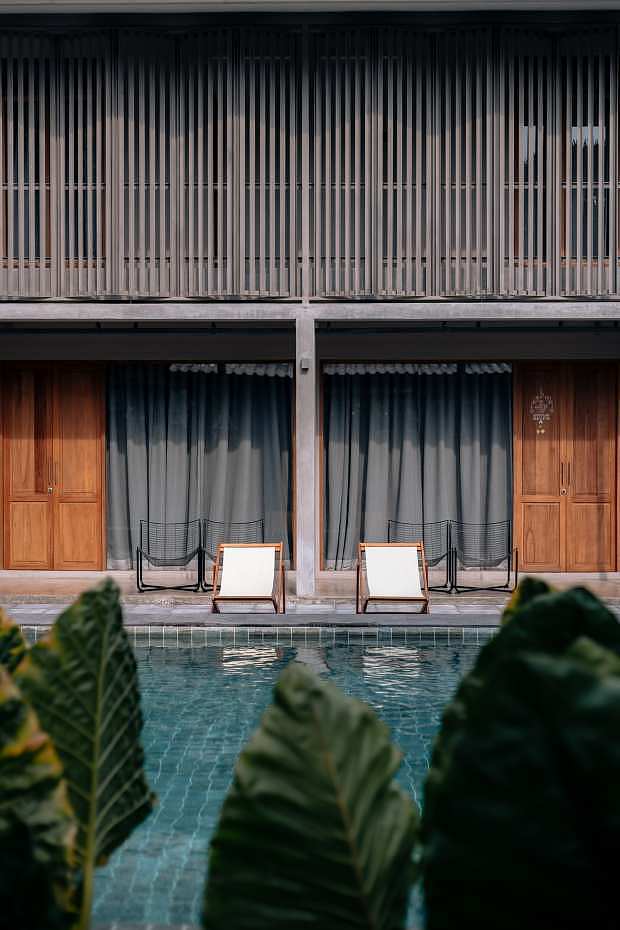


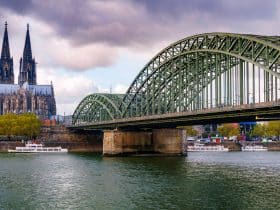

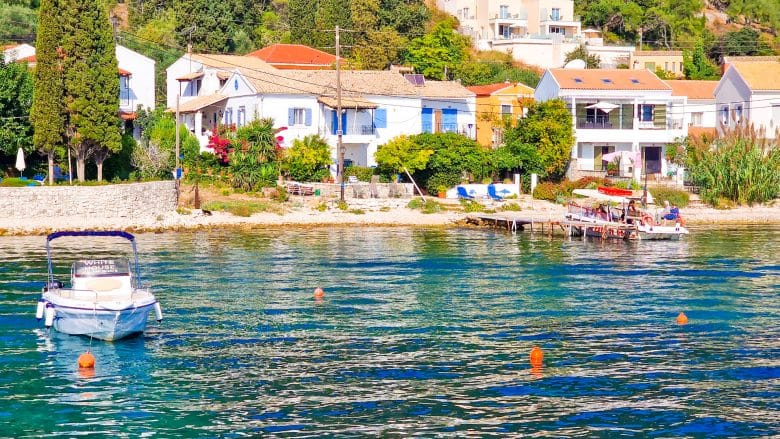
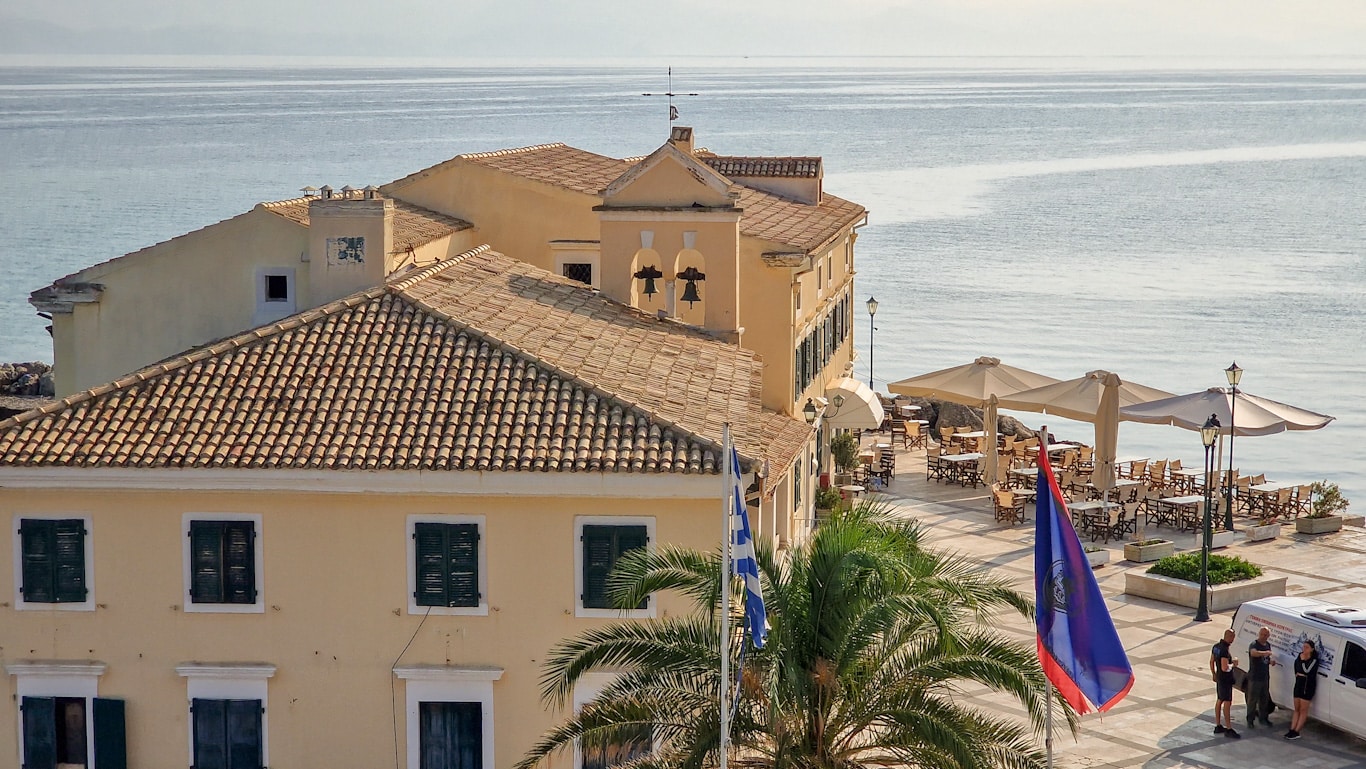
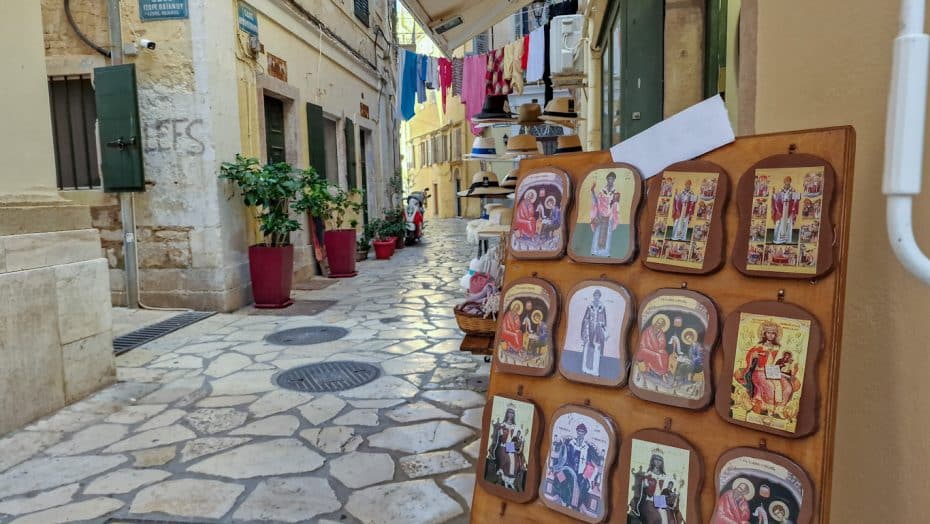


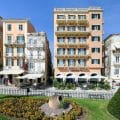



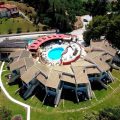
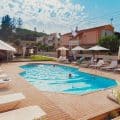
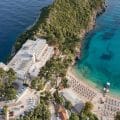
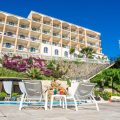
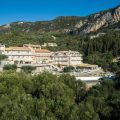
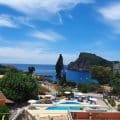
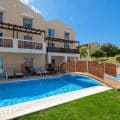
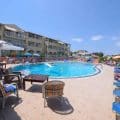
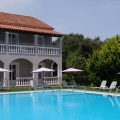
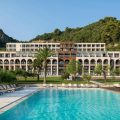
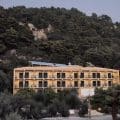
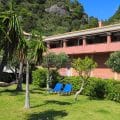
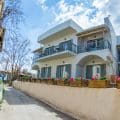
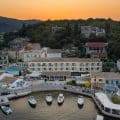
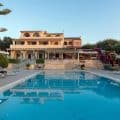
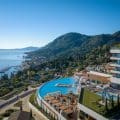
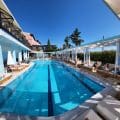
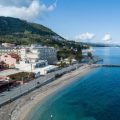
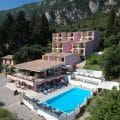

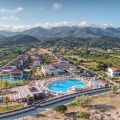
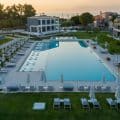

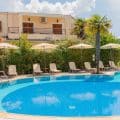
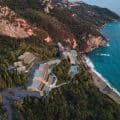
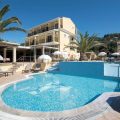

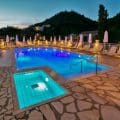
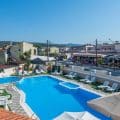
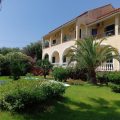

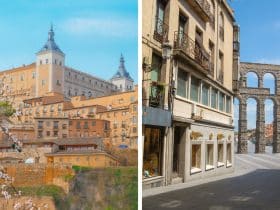
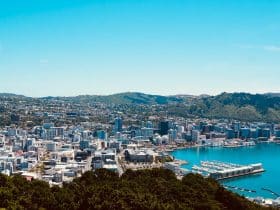

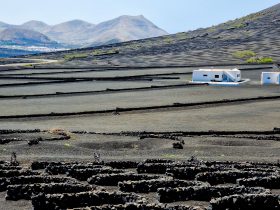
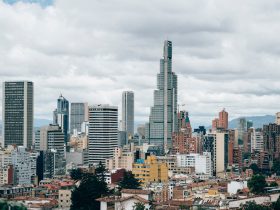
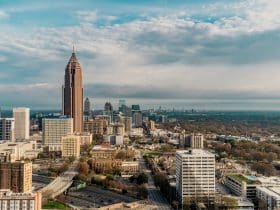
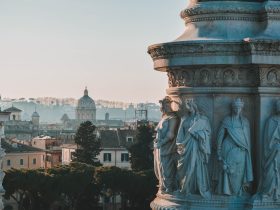
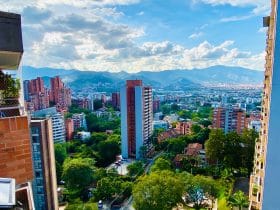
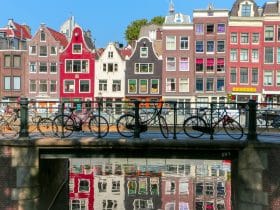
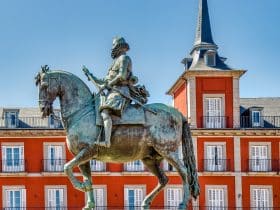

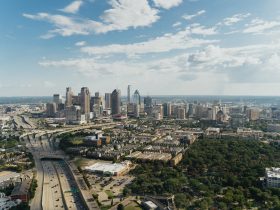

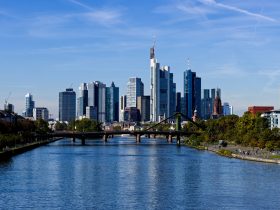

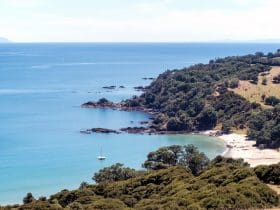
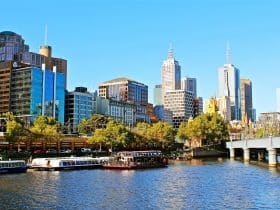
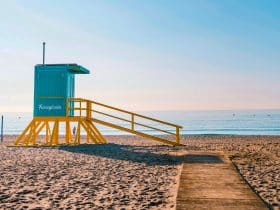
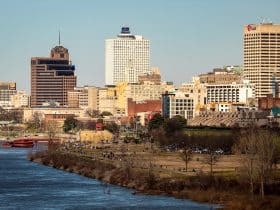
Leave a Reply
View Comments